The 1980s gave us some of the most iconic songs in music history, tracks that defined a generation with their synthesizers, power ballads, and unforgettable music videos. While hits like Michael Jackson’s “Billie Jean” and Madonna’s “Like a Virgin” have stood the test of time, others mysteriously disappeared from radio playlists and cultural memory despite once being inescapable. These songs dominated the airwaves, soundtracked our lives, and then—almost without warning—vanished from collective consciousness. Let’s rediscover these forgotten gems and explore why these once-ubiquitous tracks slipped through the cracks of musical history.
1. “Puttin’ on the Ritz” by Taco (1983)
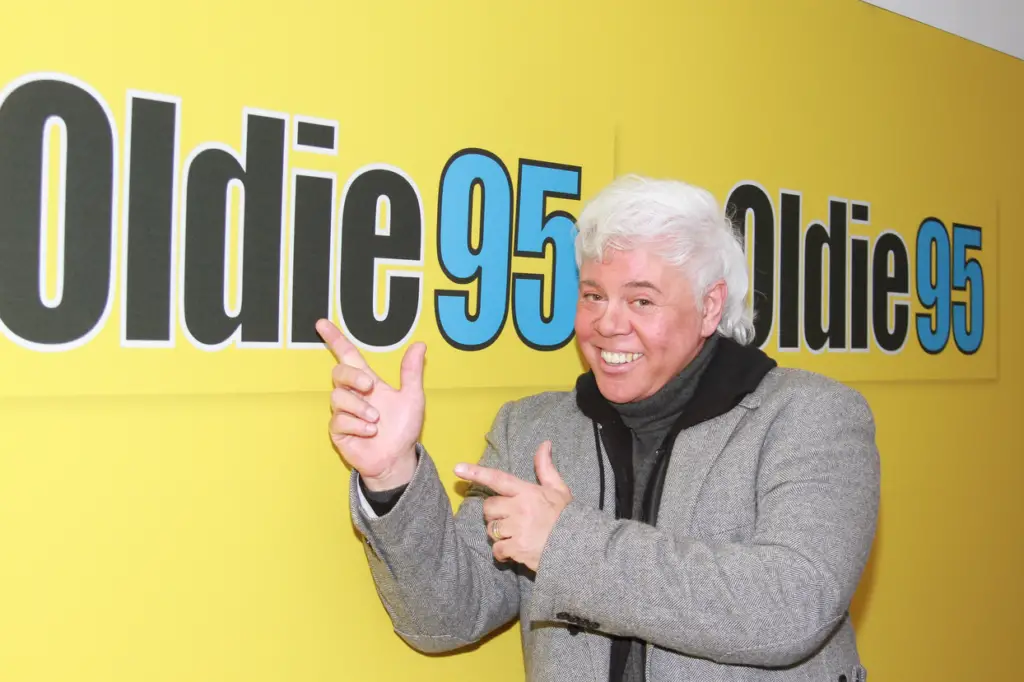
This synth-heavy cover of Irving Berlin’s 1929 classic climbed to #4 on the Billboard Hot 100 and was absolutely unavoidable during the summer of ’83. Taco Ockerse, a Dutch musician with slicked-back hair and a pencil-thin mustache, delivered the song with theatrical flair in a music video featuring dancers in top hats and tails that received heavy MTV rotation. The combination of 1930s nostalgia with contemporary electronic production perfectly captured the early ’80s fascination with both futuristic sounds and retro aesthetics. The New School dives into the full history of this song and the many memorable voices that sang it.
Yet despite its massive commercial success and cultural presence, the song quickly became a relic, rarely included in ’80s compilations or retro radio programming. The novelty nature of the track, combined with Taco’s inability to produce another significant hit in America, relegated this once-dominant song to the category of one-hit wonder curiosities. Today, when “Puttin’ on the Ritz” occasionally resurfaces, it tends to provoke surprised recognition—”Oh right, that song!”—rather than the reverence afforded to other hits from the same era.
2. “Kyrie” by Mr. Mister (1985)
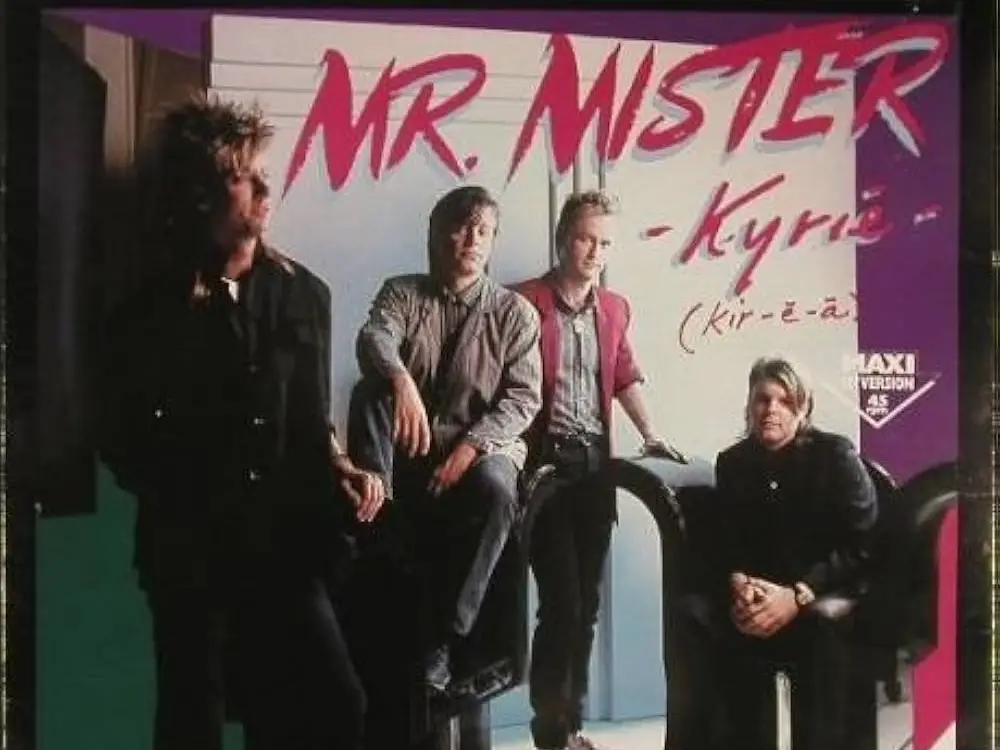
This power ballad with its Latin-inspired chorus (“Kyrie eleison” meaning “Lord, have mercy”) soared to #1 on the charts and helped the band’s album “Welcome to the Real World” go double platinum. Mr. Mister was briefly one of the biggest bands in America, with “Kyrie” and “Broken Wings” dominating radio play and MTV in 1985-1986. The song’s spiritual undertones, combined with Richard Page’s soaring vocals and a massive, arena-ready chorus, made it anthemic in a decade that specialized in anthems. As MPR News writes, the song also has a resounding spiritual message hidden between the notes.
Despite its enormous success, “Kyrie” quickly faded from rotation as the band struggled with their follow-up album and eventually disbanded in 1990. The song fell victim to the rapidly changing musical landscape of the late ’80s, when hair metal and then grunge pushed the polished, synth-heavy sound out of fashion. While “Broken Wings” occasionally makes appearances on ’80s playlists, “Kyrie” has largely disappeared from public consciousness despite once being equally popular—a victim of changing tastes and the band’s relatively short lifespan.
3. “The Future’s So Bright, I Gotta Wear Shades” by Timbuk 3 (1986)
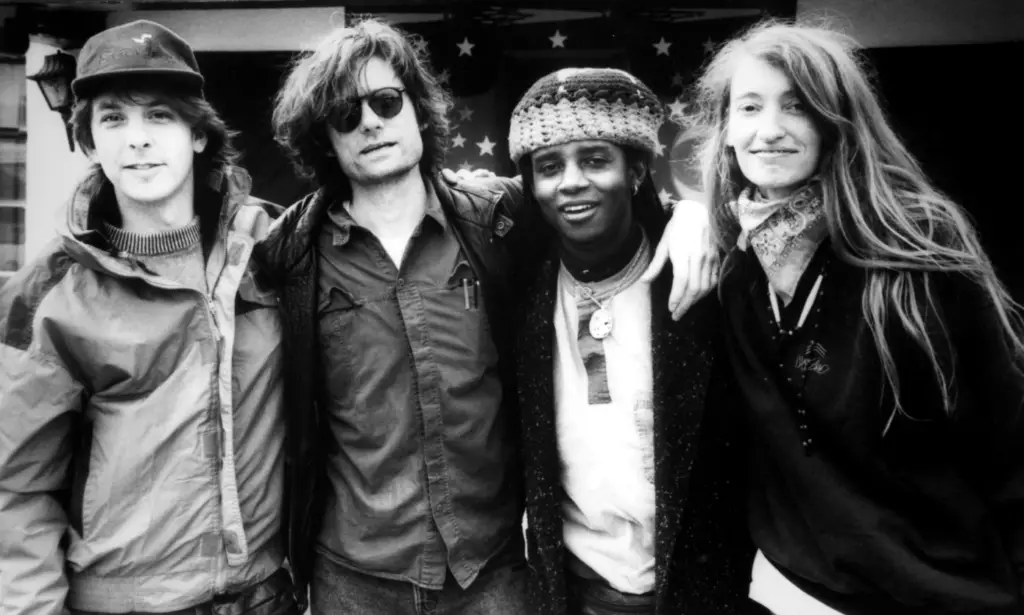
This satirical track about nuclear anxiety disguised as an upbeat graduation anthem reached #19 on the Billboard charts and became a cultural touchstone. Pat and Barbara MacDonald, the husband-and-wife duo behind Timbuk3, created an ironic commentary on Reagan-era optimism that was widely misinterpreted as a straightforward celebration of future prosperity. The song’s catchy chorus and memorable video featuring the couple’s trademark sunglasses made it instantly recognizable, while its cleverly subversive lyrics gave it intellectual credibility. Classic Pop Magazine puts into perspective what a peculiar perfect storm this song was at the artistic, musical, and video level.
Despite its initial ubiquity and critical acclaim, the song gradually disappeared from rotation as Timbuk3 failed to produce another crossover hit. The track’s ironic stance—originally its strength—may have contributed to its obsolescence, as the specific political anxieties it addressed evolved and the song became disconnected from its original context. Today, the phrase “future’s so bright” remains part of the cultural lexicon, even as many have forgotten the song that popularized it.
4. “Tainted Love” by Soft Cell (1982)

This synth-pop cover of Gloria Jones’ 1964 Northern soul track became Soft Cell’s defining hit, reaching #8 in the U.S. and spending a record-breaking 43 weeks on the UK charts. Marc Almond’s angst-ridden vocals paired with Dave Ball’s minimalist electronic arrangement created an instantly recognizable sound that helped define the early ’80s new wave movement. The song’s iconic synthesizer riff and Almond’s theatrical delivery made it a staple of dance clubs and radio playlists alike.
Despite its tremendous impact, “Tainted Love” gradually disappeared from mainstream rotation, perhaps because it became so closely associated with a specific musical moment that passed as the decade progressed. While the song still appears on occasional ’80s compilations, it doesn’t enjoy the regular airplay of contemporaries like Depeche Mode or New Order, possibly due to Soft Cell’s limited catalog of mainstream hits. The track has experienced periodic revivals through covers and samples but remains more of a time capsule than a living classic.
5. “Walking on Sunshine” by Katrina and the Waves (1985)

This infectiously upbeat song reached #9 on the Billboard Hot 100 and became one of the most recognizable tracks of the mid-80s, with its bright horns and irresistibly sunny chorus. Katrina Leskanich’s powerful vocals gave the song an energetic punch that made it perfect for commercials, movies, and any situation requiring an instant mood lift. The song’s success was particularly impressive coming from a band that had been touring for years without major recognition.
While “Walking on Sunshine” continues to appear in advertisements and films, it vanished from regular radio rotation relatively quickly after its initial success. The song’s relentless cheerfulness may have contributed to its eventual overexposure, as did its extensive licensing for commercial use, which gradually transformed it from beloved pop song to marketing shorthand for optimism. Though the band continued recording through the 1990s, they never matched the commercial success of this signature hit, further contributing to its isolation in pop culture memory.
6. “Safety Dance” by Men Without Hats (1983)
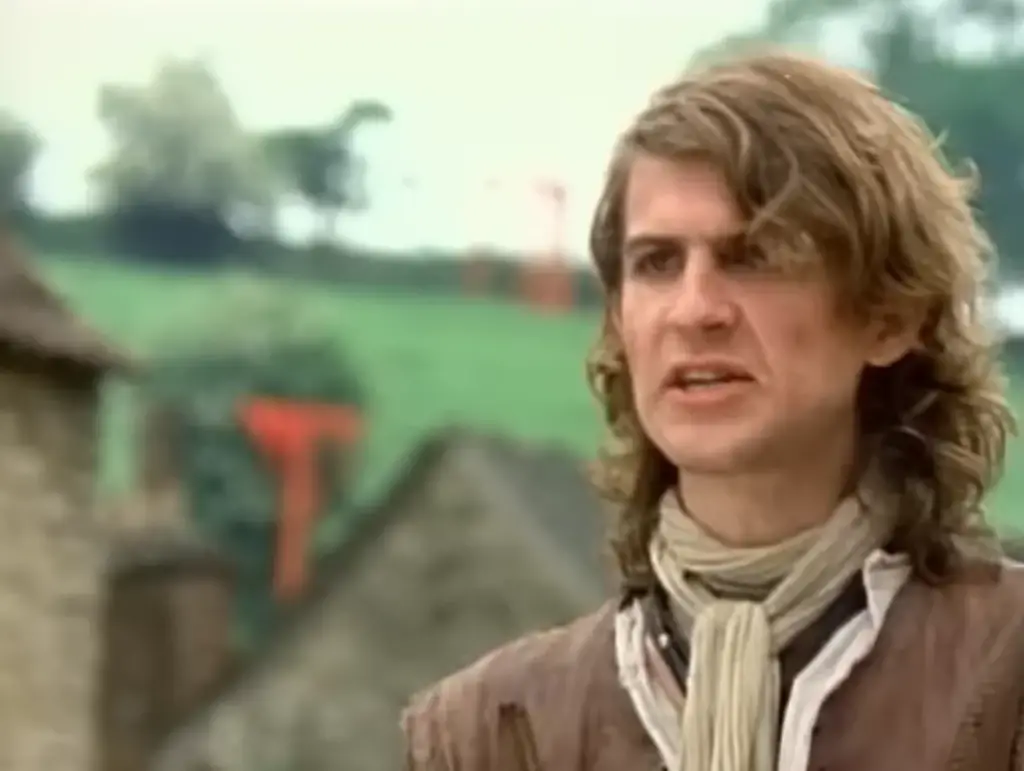
This quirky new wave hit with its memorable music video featuring medieval peasants and a dancing dwarf reached #3 on the Billboard charts. Lead singer Ivan Doroschuk created the song as a protest against bouncers who were prohibiting pogo dancing in clubs, though many listeners simply embraced it as a catchy, eccentric dance track. The song’s distinctive synthesizer hook and the oddly emphatic delivery of “We can dance if we want to” made it instantly recognizable.
Despite its initial popularity, “Safety Dance” quickly retreated from the airwaves as Men Without Hats failed to produce another significant American hit. The song’s unconventional nature and the distinctively early-80s production style caused it to age less gracefully than some contemporaries, making it feel more like a novelty than a timeless classic. While the track occasionally resurfaces in ’80s-themed media and has achieved a certain cult status, it remains more of a quirky time capsule than a regularly celebrated hit.
7. “99 Luftballons” by Nena (1983)
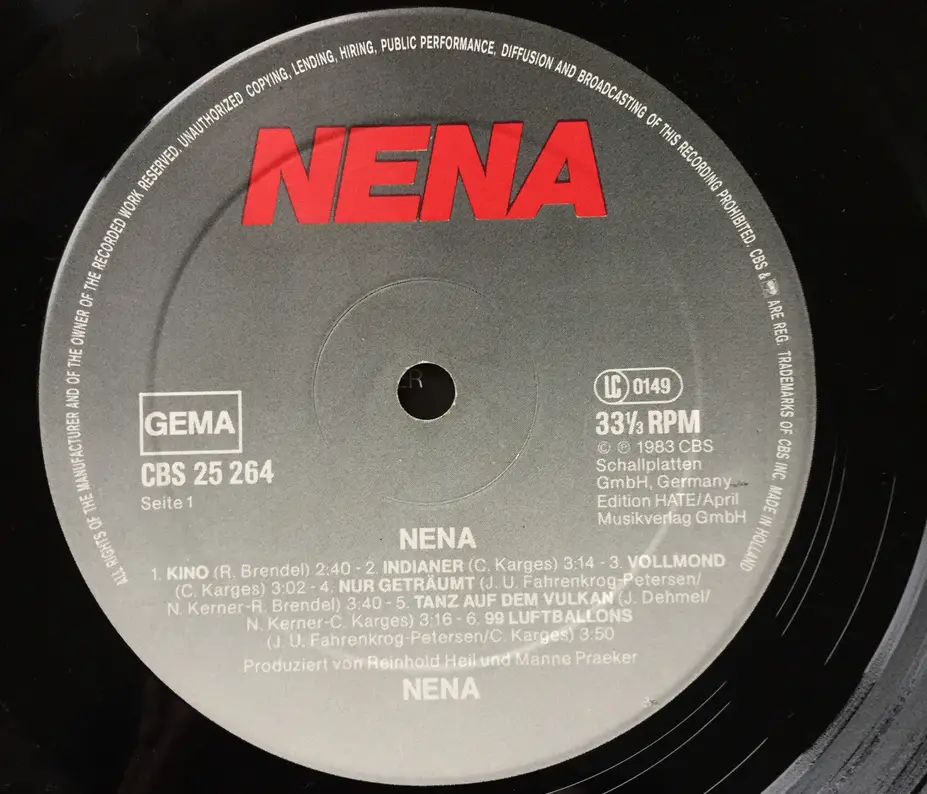
This German anti-war protest song became an unlikely international hit, reaching #2 on the Billboard Hot 100 despite being primarily performed in a foreign language. Nena’s energetic delivery and the track’s driving new wave arrangement transcended language barriers, while the Cold War narrative about balloons triggering a nuclear apocalypse captured the geopolitical anxiety of the early 1980s. The song’s success was particularly remarkable in the American market, which has historically been resistant to non-English hits.
Despite its massive cultural impact, “99 Luftballons” quickly faded from American radio, perhaps because Nena couldn’t replicate her success in the English-speaking world. The song’s specific Cold War context made it feel increasingly dated as geopolitical tensions evolved throughout the decade. While it remains better known than many one-hit wonders, it’s rarely included in regular rotation on classic ’80s stations, existing instead as a unique artifact of a specific historical moment when German new wave briefly captured American attention.
8. “Lunatic Fringe” by Red Rider (1981)
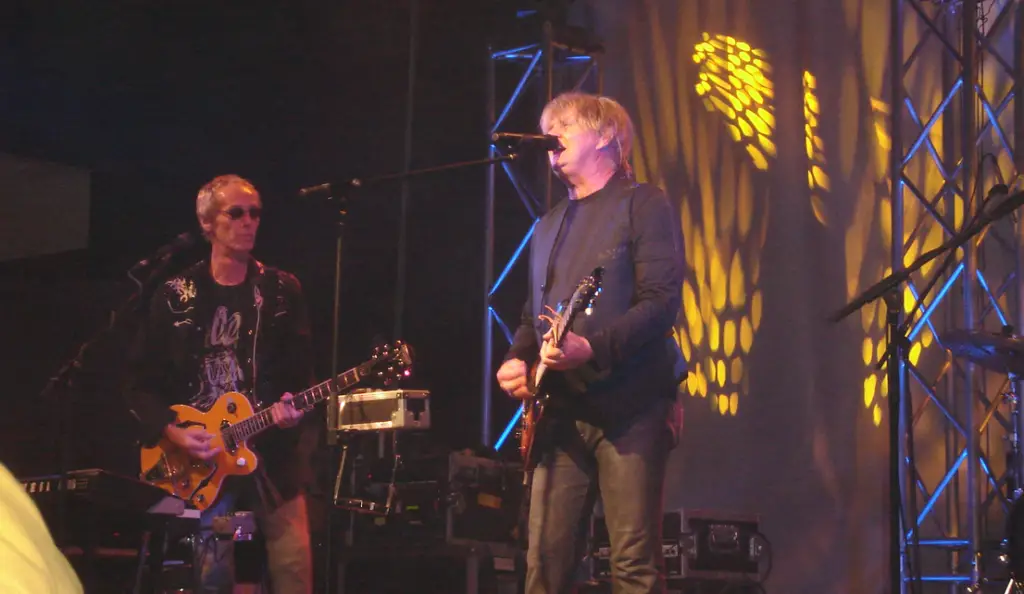
This atmospheric rock song with its haunting synth intro and politically charged lyrics about the rise of antisemitism reached #11 on the U.S. Mainstream Rock chart. Tom Cochrane’s passionate vocals and the track’s building intensity created a sense of urgency that resonated with listeners in the early Reagan era. The song gained additional exposure through its effective use in the 1985 wrestling movie “Vision Quest,” helping it reach audiences beyond its initial rock radio base.
Despite critical acclaim and initial commercial success, “Lunatic Fringe” gradually disappeared from radio playlists as Red Rider remained relatively unknown outside Canada. The song’s serious subject matter and moody production didn’t fit easily into the increasingly rigid formatting of radio stations as the decade progressed. While occasionally rediscovered by new generations through movie soundtracks and streaming platforms, the track has never received the consistent airplay its initial reception might have predicted.
9. “Pac-Man Fever” by Buckner & Garcia (1982)
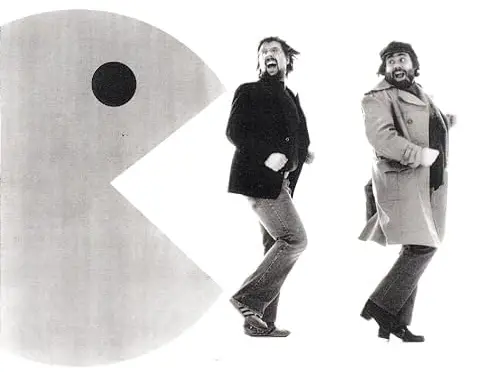
This novelty song celebrating the video game phenomenon reached #9 on the Billboard Hot 100 and spawned an entire album of arcade game tribute songs. Jerry Buckner and Gary Garcia cleverly incorporated authentic sound effects from the Pac-Man game, creating an instantly recognizable tribute to the arcade craze sweeping America. The song captured a specific cultural moment when video games were transitioning from niche hobby to mainstream entertainment.
Predictably, “Pac-Man Fever” vanished from airwaves almost as quickly as it appeared, tied too closely to a specific fad to sustain longevity. The track’s novelty status prevented it from being taken seriously as part of the decade’s musical legacy, despite its genuine craftsmanship and cultural significance as an early example of gaming’s influence on popular music. While the song enjoys occasional revivals among retro gaming enthusiasts, it remains largely forgotten by mainstream audiences who once couldn’t escape its catchy chorus.
10. “Voices Carry” by ‘Til Tuesday (1985)
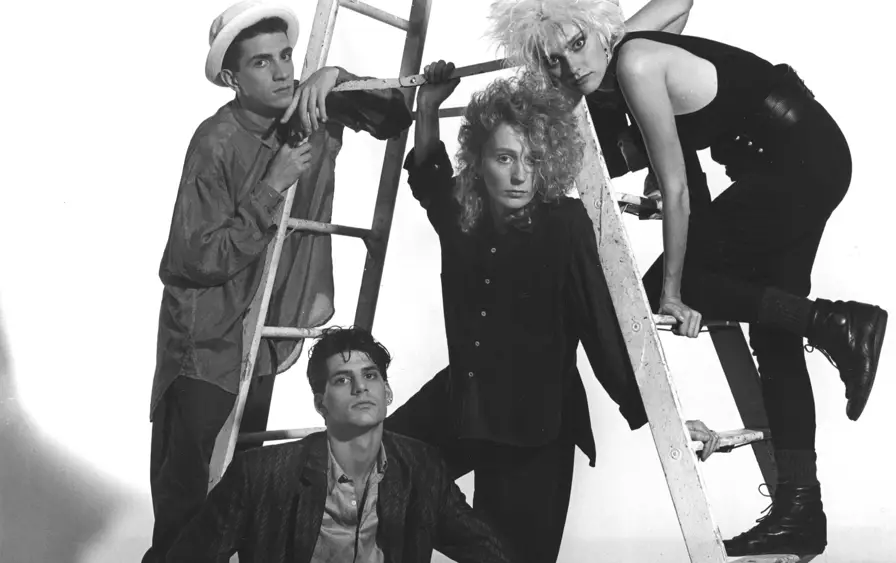
This emotional new wave hit about a controlling relationship reached #8 on the Billboard Hot 100, propelled by its dramatic music video featuring lead singer Aimee Mann’s distinctive platinum-blonde hair with a braided rat tail. The song’s tension between its atmospheric verses and explosive chorus perfectly captured the mid-80s sound, while Mann’s vulnerable yet defiant vocals gave it emotional depth. The video’s memorable climax, where Mann stands up and disrupts a concert hall with her outburst, became an iconic MTV moment.
Despite its initial success, “Voices Carry” quickly faded from rotation as ‘Til Tuesday’s subsequent releases failed to match its commercial impact. Mann’s later emergence as a respected solo artist with a very different musical style created a disconnect between her current identity and this early hit. While the song occasionally appears on ’80s compilations, it doesn’t enjoy the regular airplay of contemporaneous hits, perhaps because its specific production and arrangement so firmly root it in its mid-80s moment.
11. “Something About You” by Level 42 (1985)
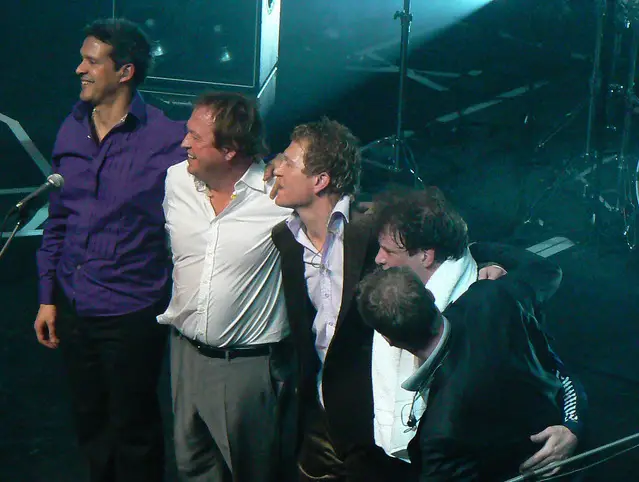
This sophisticated pop-funk track with its distinctive slap bass reached #7 on the Billboard Hot 100, introducing American audiences to a band already successful in the UK. Mark King’s impressive bass playing and smooth vocals, combined with the song’s jazzy chord progressions, provided a more musically complex alternative to much of the era’s pop. The track’s polished production and catchy chorus made it accessible despite its musical sophistication.
Despite conquering American charts briefly, “Something About You” quickly disappeared from U.S. radio, while Level 42 continued enjoying success in Europe. The band’s jazz-funk influences placed them somewhat outside the mainstream American pop landscape, making them difficult to categorize for increasingly format-rigid radio programming. The song’s smart arrangement and musical complexity—originally strengths—may have contributed to its disappearance, as it didn’t fit neatly into the power ballad or dance-pop categories that dominated late ’80s airplay.
12. “We Don’t Need Another Hero” by Tina Turner (1985)

This power ballad from the “Mad Max Beyond Thunderdome” soundtrack reached #2 on the Billboard Hot 100, featuring Turner’s iconic raspy vocals over a cinematic arrangement. The song’s epic production, complete with children’s choir and soaring saxophone solo, embodied the bombastic mid-80s soundtrack style while Turner’s performance gave it emotional authenticity. The post-apocalyptic music video tied directly to the film and showcased Turner in her iconic Aunty Entity chainmail costume.
Despite its massive success and Turner’s legendary status, “We Don’t Need Another Hero” gradually vanished from radio playlists and ’80s retrospectives. The song’s close association with its film made it feel more like a soundtrack piece than a standalone hit, while its specific production style—particularly the children’s choir—dated it firmly to the mid-80s. Unlike Turner’s other hits like “What’s Love Got to Do with It,” which have achieved timeless status, this track remains primarily remembered by film enthusiasts and dedicated fans despite once being unavoidable.
The mysterious disappearance of these once-dominant songs reveals much about the fickle nature of pop culture memory and the complex factors that determine musical longevity. Some fell victim to changing tastes, others to their novelty status or over-association with specific cultural moments. Production styles that sounded cutting-edge in the ’80s sometimes dated quickly, while songs tied too closely to their visual presentations or specific contexts struggled to transcend their original circumstances. Yet each of these forgotten hits contributed to the rich tapestry of ’80s music, and each deserves occasional rediscovery—if only to remind us how quickly cultural phenomena can rise, dominate our collective attention, and then mysteriously fade away.


